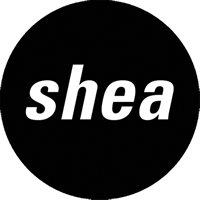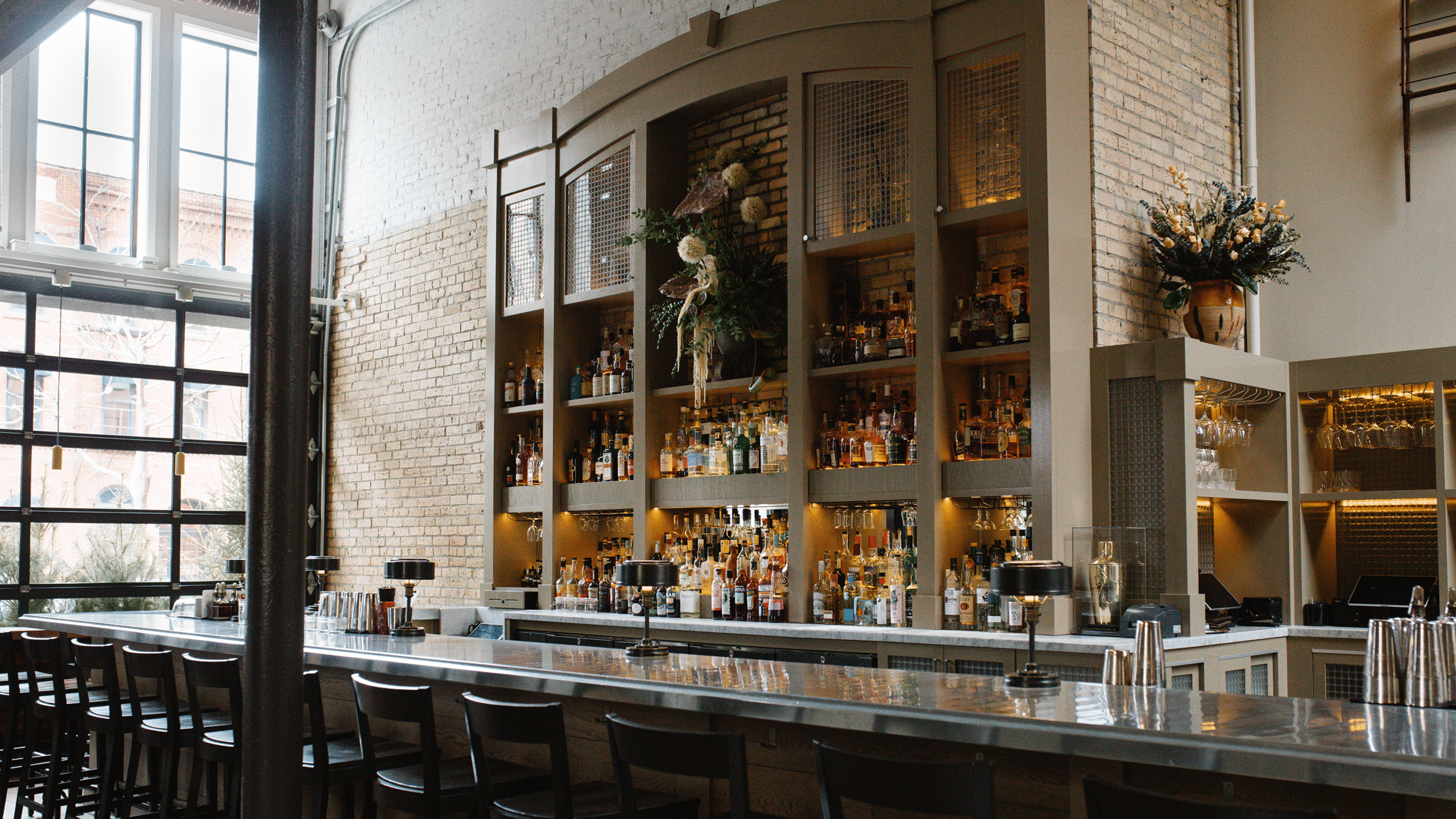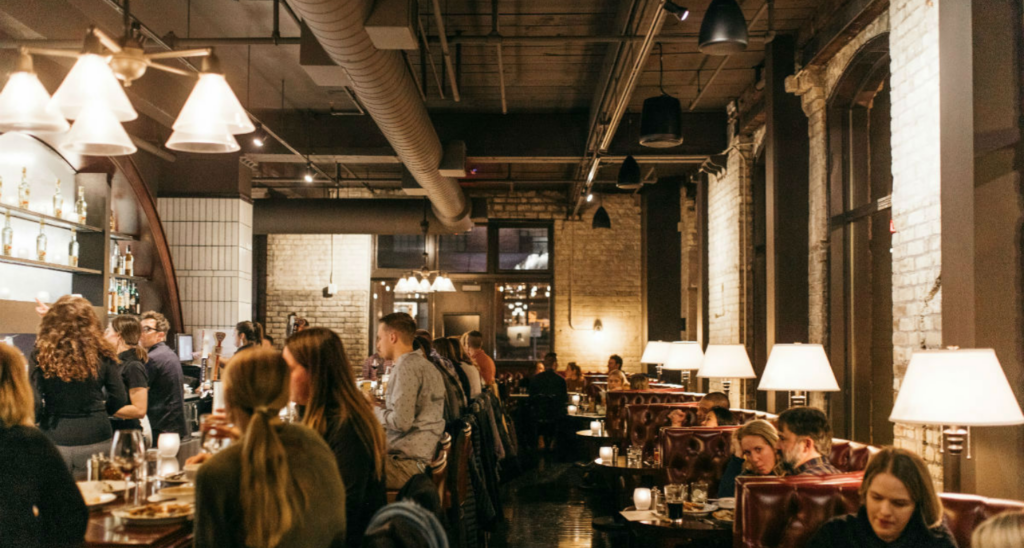Note: Shea was recently part of an MSCA panel discussing the genesis of a restaurant, focused on setting restauranteurs and operators up for success. With the amount of reaction and feedback received, we decided to share our expertise in hopes of ensuring the best outcomes for all of those brave and passionate enough to be in the restaurant business.
Restaurants are a tight margin business. This is not news to restauranteurs. For everyone else, between food, labor, operating costs and rent, there isn’t a lot left over – which comes as a surprise to people who see a busy restaurant and think it equates to making a lot of money.
This basic fact makes it critical to get off to a good start without unnecessary debt and expenses to dig out from but with the right location and concept. And the starting line is location and lease.
The start is usually approached in one of two ways: an operator/concept in need of a location or a location in need of an operator/concept. In both scenarios, the first hurdle is a high-level strategy and fit between location and concept.
If it appears to be roughly the right size, the location’s demographics work on paper, it has good visibility, and it fits the concept in terms of access, parking, etc., then the rounds of vetting and negotiating begin.
Preliminary vetting: don’t fall in love yet
Start with a boots-on-the-ground approach to learn the neighborhood. Spend time there. Understand what’s there and what’s successful, as well as what isn’t. Figure out what’s missing and what’s needed. See where people park and walk. Ask yourself how your restaurant will be complementary yet differentiated. How far does the location pull from? Is it a destination? What’s the make-up of the potential target audience? The list of questions to ask yourself goes on and on.
Maybe, after spending some time in the neighborhood, it feels like the right place for your concept. Don’t fall in love yet. This is where the hard part comes in.
Negotiating deal teams: falling in “like”
A lease is far more than the cost of rent and a few deal points; there are multiple steps and components of the lease that are critical to review. And if you’re purchasing the real estate, you have additional factors to consider including long-term financial potential and appreciation, as well as close scrutiny at the building condition. In either situation, there are several critical deal points to understand and negotiate to ensure you’re getting the best return on your biggest investments: money and time.
The money: Most understand rent and CAM (Common Area Maintenance charges assessed from the building owner for maintenance), and at first glance of the lease, the numbers can look like a good deal. It sometimes looks even better when the landlord is throwing in TI (Tenant Improvement) money. If purchase of the real estate is available, is it a good long-term investment?
Beyond those deal points is where it’s critical to have the right financial, legal and architectural expertise to navigate the fine print.
- What are the lease terms (5 years, 10 years), and when and how much does the rent increase?
- What are the payback terms on the TI money? Because this isn’t just free money, it’s a loan.
- What’s the breakdown of the assessed CAM charges? Don’t end up paying for building elevators, etc. that don’t provide access to your space and you’ll never use.
- Are you familiar with SAC and WAC charges? In laymen’s terms, these are government assessed sewer and water charges for the space based upon number of seats inside and out. Once the fee is paid, these SAC and WAC credits stay with the building, meaning the building owner should really be responsible for payment. This is one of the deal points most often missed.
- What’s included in Exhibit C? Second to the SAC and WAC charges, this is the second most common miss when reviewing a lease. Usually called the Exhibit C, this details the provided conditions of the building and what the landlord is providing you. The reason it’s so important is often times there isn’t black iron provided (needed to vent a kitchen), or enough AMPs of power, etc. etc. That means the tenant will be responsible for costly building improvements that will stay with the building, even if the tenant moves out after five years. In addition to the review of an attorney, this is where architectural and construction expertise is critical.
- What’s the building shell condition? Whether it’s a building lease or purchase, the turnover and condition of the building is a big factor. There are many definitions used, usually with a lease, including warm, gray or cold shell. There can be different definitions and assumptions of what each mean, so the condition needs to be clearly spelled out. As above, a lot of hidden costs can be in bringing power, plumbing and infrastructure into the space.
- What’s the exterior condition? The exterior includes all the factors of windows, doors and locations for signage. Is the door in the right location? Can it be moved if needed? What are the condition and location of the windows, and can they be changed if needed? Are there restrictions on signage? Are there patio opportunities? The storefront is the first impression, and it needs to work for the brand and the business.
The time: After reviewing the above, timing can be a huge gotcha factor. Often Landlords will offer “free rent,” but it’s usually something like six months following lease commencement. On paper, it seems fair, but in reality, unless you have the space designed and a kitchen layout completed, that isn’t enough time. Everyone wants to hear differently, but the reality includes:
- Schematic Design: This is primarily layout and design of the front of house and back of house. The overall look and feel are part of this, but not the most important part. It is the basics of seats, bar location, kitchen and restrooms (all of which include critical plumbing locations), as well as placement of all equipment. This takes time, it is a back and forth between the owner and architect/interior designer and kitchen equipment consultant.
- Design Development: Once the above is finalized, then the proper documentation, including coordination with mechanical, electrical and plumbing needs to be completed and approved. Also, it’s smart business to get a construction estimate at this stage, so you’re validating a reasonable construction budget that fits an overall business proforma.
- Construction/Permit Documents: With every restaurant location, a building permit will need to be obtained prior to construction. That means a registered architect has to complete construction and permit documents. These are heavily detailed plans that cover fire, life and safety codes throughout, as well as all the details a General Contractor needs to build from.
- Permitting: Documents are done and submitted to the city for approval. You’re now at the mercy of the city process, which can be efficient at a month or painful (we see you Florida and New York) at an obscene 4-6 months. Note: you cannot start construction without a construction permit.
- Construction: It takes time and depends upon the condition of the building. If you’re putting in a kitchen for the first time, it’s a longer process. If it’s a historic building, you’re never quite sure what you’ll encounter and what kind of delay that will mean.
In summary, six months to do the above is not impossible, but it’s highly improbable unless every star is aligned and the space is pristine, or unless a majority of the above is completed prior to the lease being finalized and signed. The moral of the story: many tenants end up paying rent before the restaurant is ready to open.
And every state is different in terms of timing, permitting and restrictions. Know the city and state, especially if you’re expanding your business beyond your home location. Shea is registered and working in more than 40 states, and there are big variables between locations including timing, approvals, restrictions and even variations in costs of building materials.
So, let’s say you’ve negotiated all of the above deal points – considering the money and the time behind each – and it’s the right lease. Now you can start falling in “like” and sign an LOI (letter of intent). What comes before falling in love?
Second vetting and securing: falling in love
Use your boots-on-the-ground findings from earlier to guide a deep research dive into the market. Now take your market research, along with your knowledge of what’s included in the lease, and then examine your concept. Is it truly a match between location and concept considering:
- Market and demographics
- Traffic and availability of parking/valet/temp stalls
- To-go/pick-up space vs in-person dining
- Who are your neighbors/will they change/known versus unknown
- Opportunities and guidelines for signage
- Space layout and number of seats
- High level budget estimate: the cost to build-out the restaurant including everything from equipment, to furniture, to fees, to purchased items, to construction. That doesn’t even include training, opening and marketing costs.
101% of the time we at Shea will counsel our clients to do a quick layout check and have someone put a high-level ballpark estimate together to determine your business proforma. Is it the right marriage between location and concept to make money?
Financing also needs to be secured or considered, whether it’s independently, with a bank or from investors. Many leases have been signed before securing financing, which is a big no-no if things are uncertain.
All of this is exhausting, but it’s very real and necessary to position a restaurant for success from the starting line.
And if you’ve made it this far and signed the lease, the fun part of design, picking furniture, naming, logo and brand creation, menu, etc. really kicks in (but at the same time, make sure you start the liquor license application process).
Now you can fall in love.
The following are a few projects that Shea was involved with from the real estate starting line. Our partners’ strategy in bringing our team and resources in before signing the lease/purchasing the real estate was key in their vetting and negotiating processes.
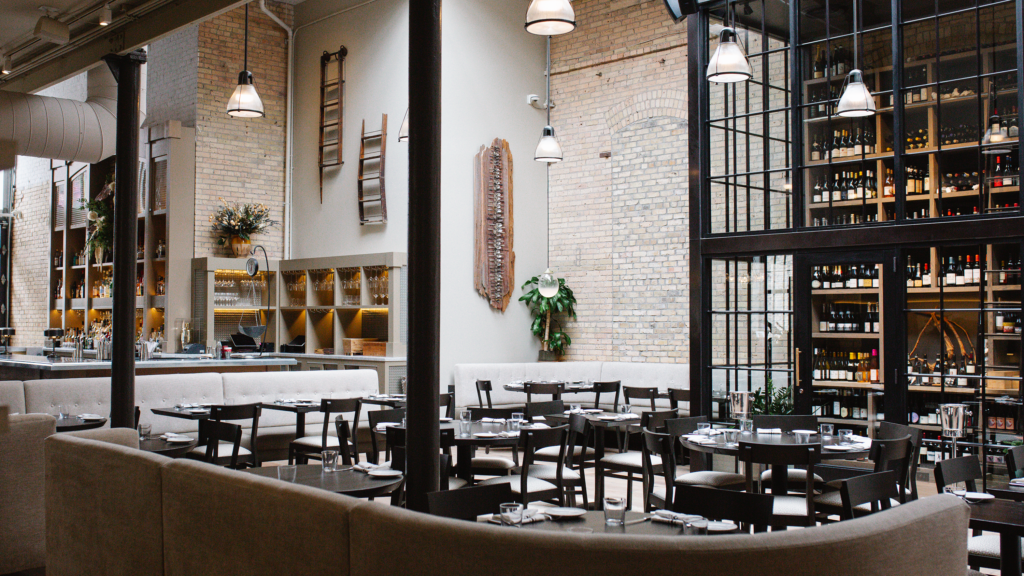
Spoon & Stable: lease of an existing office space in an up-and-coming neighborhood
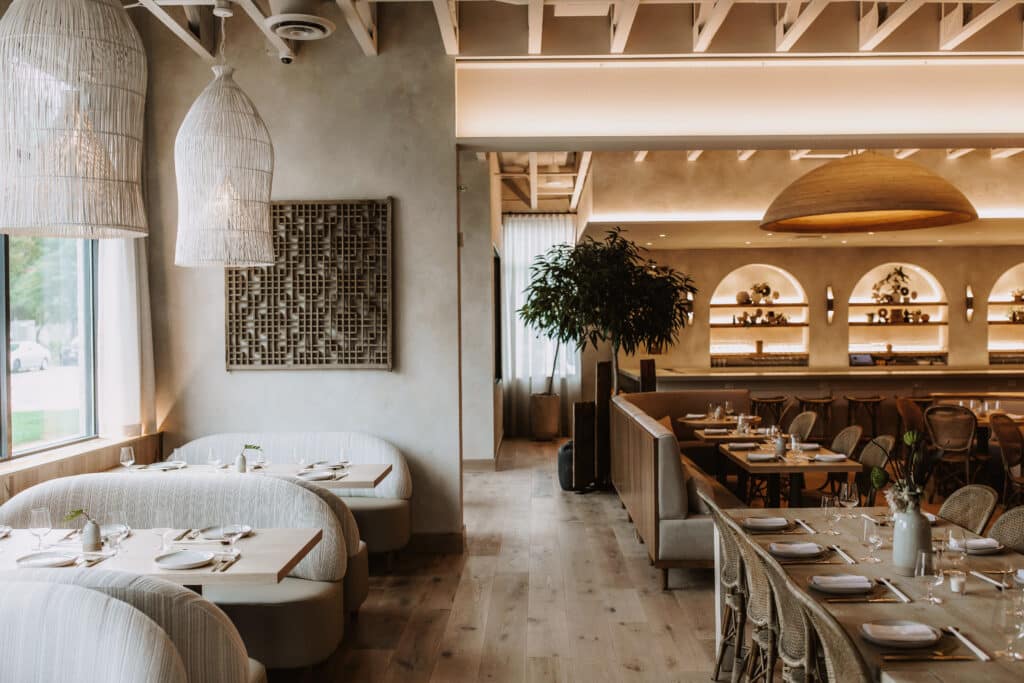
Khâluna: purchase of a building that was previously a restaurant with existing infrastructure
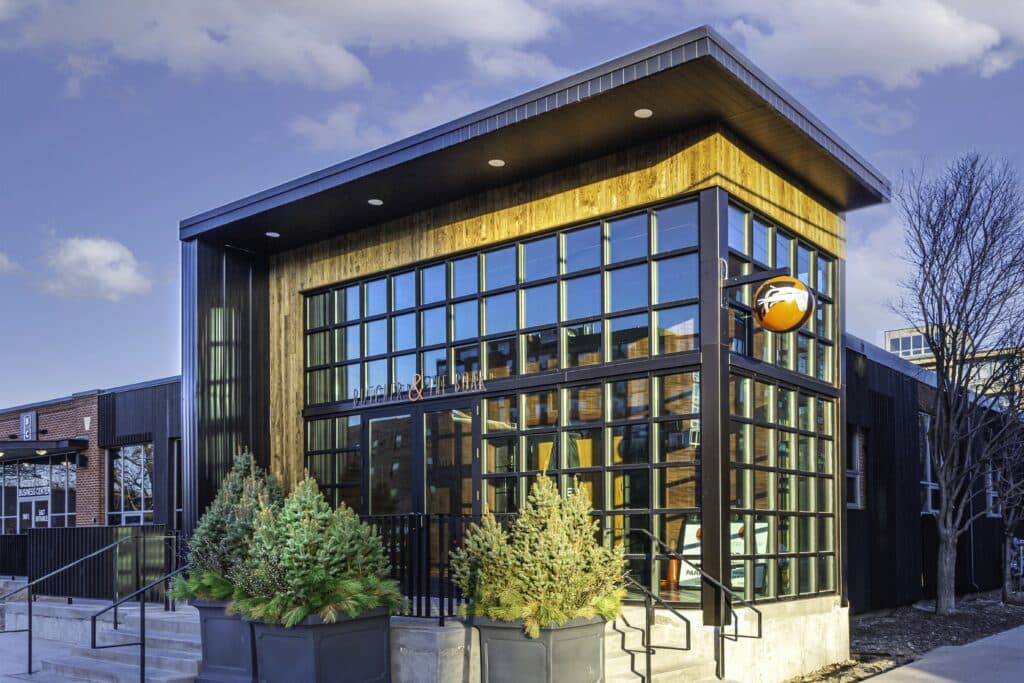
Butcher & the Boar: lease of an existing office building needing exterior changes but with parking and in a great neighborhood
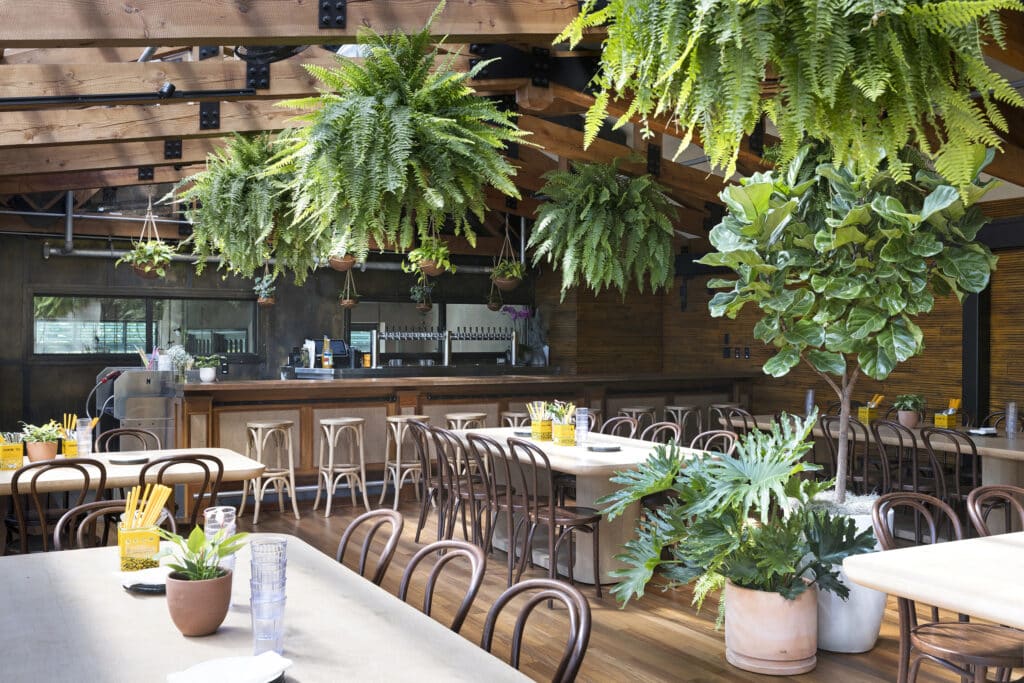
Gai Noi: purchase of a building that housed a former restaurant space needing minimal infrastructure and interior changes
